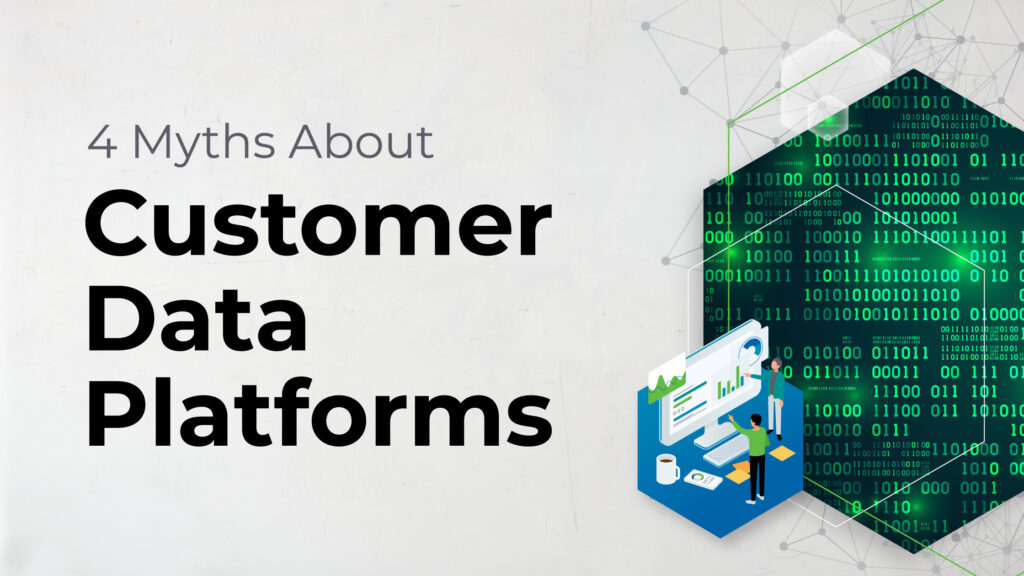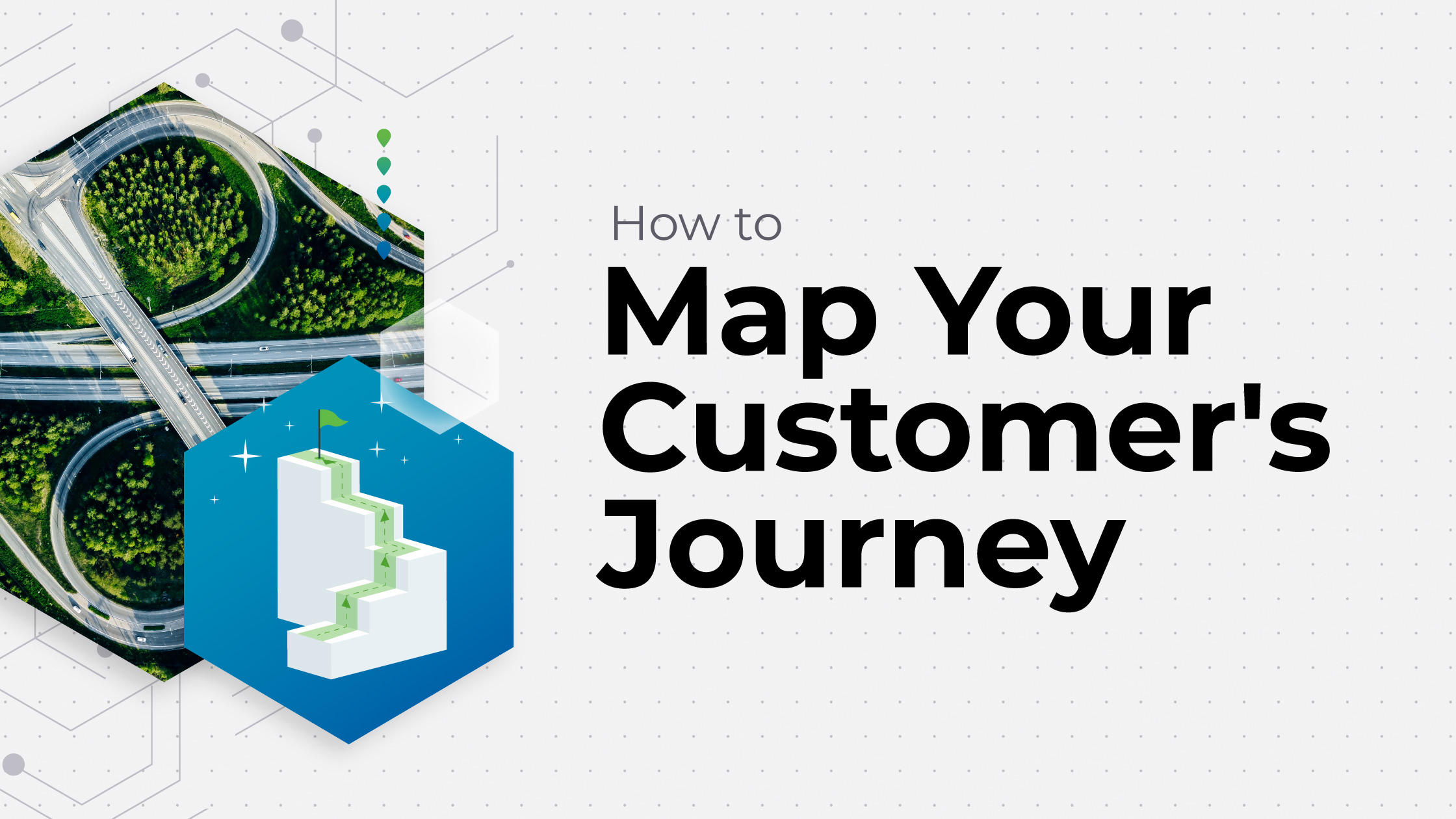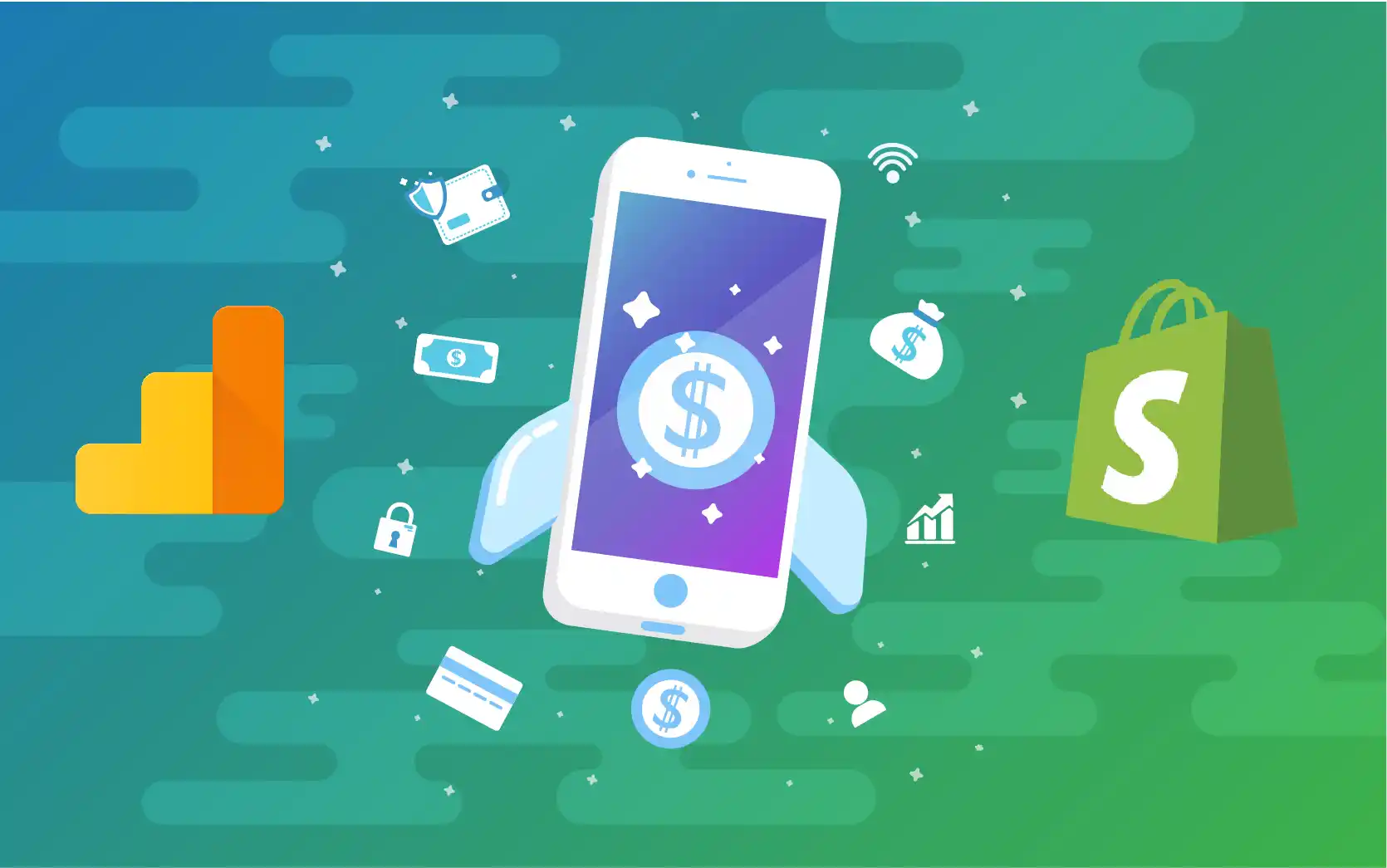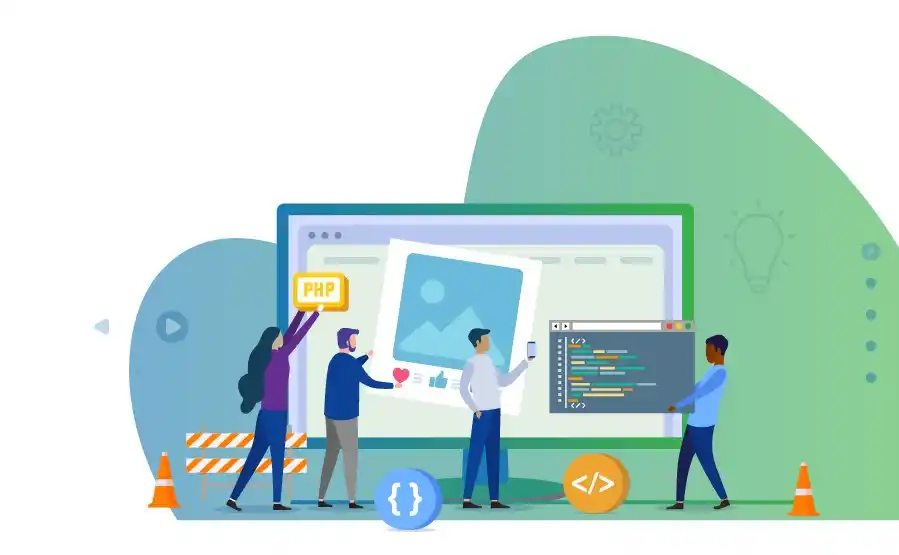
We love a good CDP (Customer Data Platform), but merely having a CDP isn’t the goal. Knowing how to activate and fully leverage a robust CDP is the goal – that’s where our 8 CDP best practices come in.
Whether you’re an eCommerce brand riding the short waves of a tiny sales cycle, or a B2B leader needing to engage prospects through a longer, multi-stakeholder sales journey, these CDP best practices can be adapted to drive bottom-line results and measurable marketing ROI.
What is a customer data platform (CDP)?
A customer data platform is the most comprehensive marketing data software solution out there. It allows brands to:
- Aggregate, unify, and activate ALL user data streams
- Build a 360° customer profile and preferences log
- Generate the highest levels of target segmentation and personalization
- Forecast KPI development in real time
Many brand leaders haven’t been properly educated about the differences between CDP vs CRM vs DMP, so here’s the shortest possible summary we can offer: Anyone who wants to be a data-driven marketer but doesn’t have an independent CDP is doing it wrong.
4 Myths About Customer Data Platforms (CDPs)
This is not hyperbole: Data-driven marketing without a Customer Data Platform (CDP) is impossible. Come learn the 4 most common CDP misconceptions, so you can avoid them.
Benefits of Customer Data Platforms

Vastly improved customer understanding

Real-time marketing personalization and segmentation

Compliance with data privacy regulations

Streamlined data management increases operational efficiencies

Seamless omnichannel marketing experiences

Accelerated time-to-insight for data-driven decisions

Enhanced personalization drives customer loyalty and satisfaction

Improved marketing effectiveness and ROI
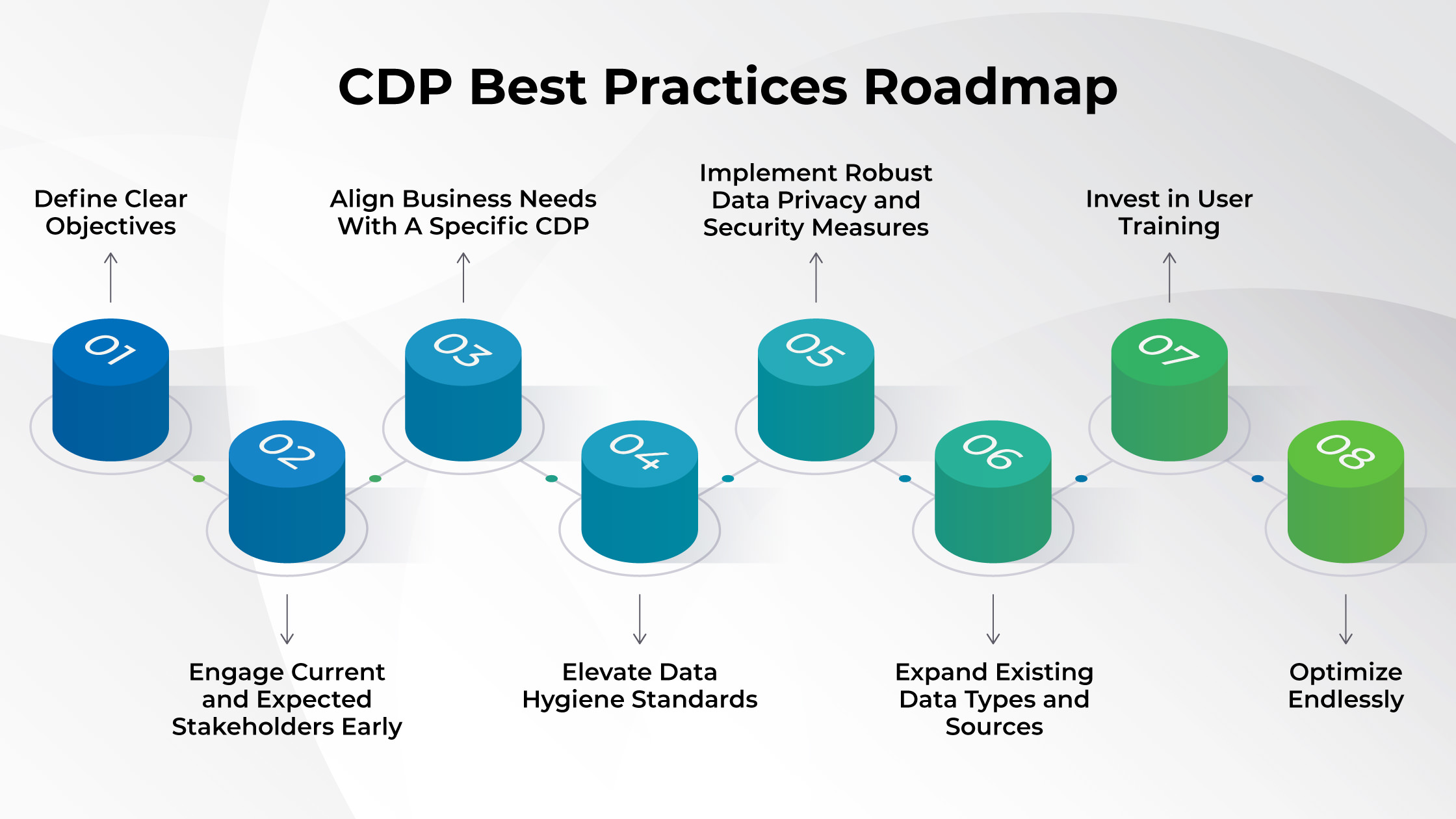
8 CDP Best Practices To Follow
1. Define Clear Objectives
The first step is linking your CDP implementation to targeted business outcomes and their associated KPIs. This clarity supports team alignment throughout the process of selecting and implementing the right CDP, but should also be expected to evolve over time.
Revenue growth is a global and always relevant performance objective, of course, but think holistically and across multiple layers of growth indicators.
2. Engage Current and Expected Stakeholders Early
An ignored or underutilized CDP translates into a significant investment loss and ongoing opportunity costs. To protect against this, it’s important to engage the full collection of stakeholders who will use and benefit from CDP data.
Instead of letting a smaller number of enthusiasts run the show, encourage cross-department engagement (marketing, sales, customer service, and IT teams) during the selection of the specific CDP technology and its implementation customizations.
3. Align Business Needs With A Specific CDP
There are several CDP technologies available. Some have specific relevance for eCommerce vs B2B marketing or verticals within either category. Some offer more/less customization and user access options to consider.
A few of the more well-known CDP solutions are:
- Segment
- Bloomreach
- Adobe CDP
- Tealium
Conduct extensive research before investing in a CDP, or turn to a trusted CDP expert who’s well-informed about all the options available and can help you make the right decision for your business.

Bonus tip: If you skipped it above, definitely check out 4 Myths About Customer Data Platforms, where we debunk the misconception that CRMs like Salesforce or 6Sense give you all the CDP functionality you need – they do not.
4. Elevate Data Hygiene Standards
Many organizations find the simplest way to ensure data reliability is by regularly cleaning and validating data at the individual platform levels. This ensures that only clean data makes its way into your CDP.
However, if this doesn’t happen for some reason, and you decide to use your CDP to clean ingested data, make sure you have a thorough understanding of the intricacies of each dataset before you transfer them. Otherwise, you run the risk of low stitch rates, which defeats the primary purpose of a CDP: remarkably accurate customer profiles, leading to higher marketing segmentation success rates.
5. Implement Robust Data Privacy and Security Measures
Step one of establishing a comprehensive data governance framework is getting clear on the difference between data privacy and data security – misconceptions about these two things are rampant.
Data Privacy vs Data Security: A Guide for Business Leaders
Data privacy is NOT the same thing as data security. Learn the differences, legal obligations, and best practices for business leaders and marketers who must all add “user data management” to their list of responsibilities.
A highly customized CDP allows organizations to activate their data like never before, but it needs a complementary data governance framework to ensure the safeguarding of sensitive customer information through encryption, access controls, and regulatory compliance.


It’s estimated that the volume of data in the world will double by 2026.
Marketers need to accept their role as data advocates.
6. Expand Existing Data Types and Sources
For decades, marketers everywhere have been telling clients that certain data streams are inaccessible, so just give up on acquiring them. At one time, they were correct. Not today.
Wherever your ideal customers are engaging with your brand (both online and offline), there’s a data trail that can be mined for actionable insights.
Challenge your assumptions about what data types are a) relevant to the customer journey, and b) available to be imported into a CDP.
7. Invest in User Training
The only way to ensure full uptake and utilization of a new marketing technology is to provide ample support, training, and validation of the efficacy of the new tool.
To accomplish this at the outset, and to ensure long-term performance success, make sure you have retained vetted technical resources.
Our recommendation is to build a baseline internal technical team, and plug into external technical consultants to ensure the most optimal CDP implementation and avoid rework, rebuilding integrations, etc.
8. Optimize Endlessly
Like all growth marketing strategies, regular and thoughtful analysis of performance metrics is essential.
Commit to agile marketing and be on the lookout for fluctuating user expectations and changes in the competitive landscape. Regularly reviewing CDP performance metrics and maintaining a holistic macro perspective is key to optimizing your CDP use and making strategic iterations, as needed.
Is Agile Marketing The Future in a Post-Linear World?
Update your definition of agile digital marketing in a performance marketing environment that demands quick, adaptive marketing teams.
Summary of CDP Best Practices
- A Customer Data Platform (CDP) is a software solution that lets businesses aggregate, unify, and activate an infinite number of data streams to produce highly targeted customer segments and personalization that will enhance the customer experience and drive growth.
- The true value of a CDP lives in how it’s deployed, which requires deep expertise and knowledge of growth marketing CDP best practices.
- 8 essential CDP best practices are:
- Define clear objectives
- Engage current and expected stakeholders early
- Align business needs with a specific CDP
- Elevate data hygiene standards
- Implement robust data privacy and data security measures
- Expand existing data types and sources
- Invest in user training
- Optimize endlessly
